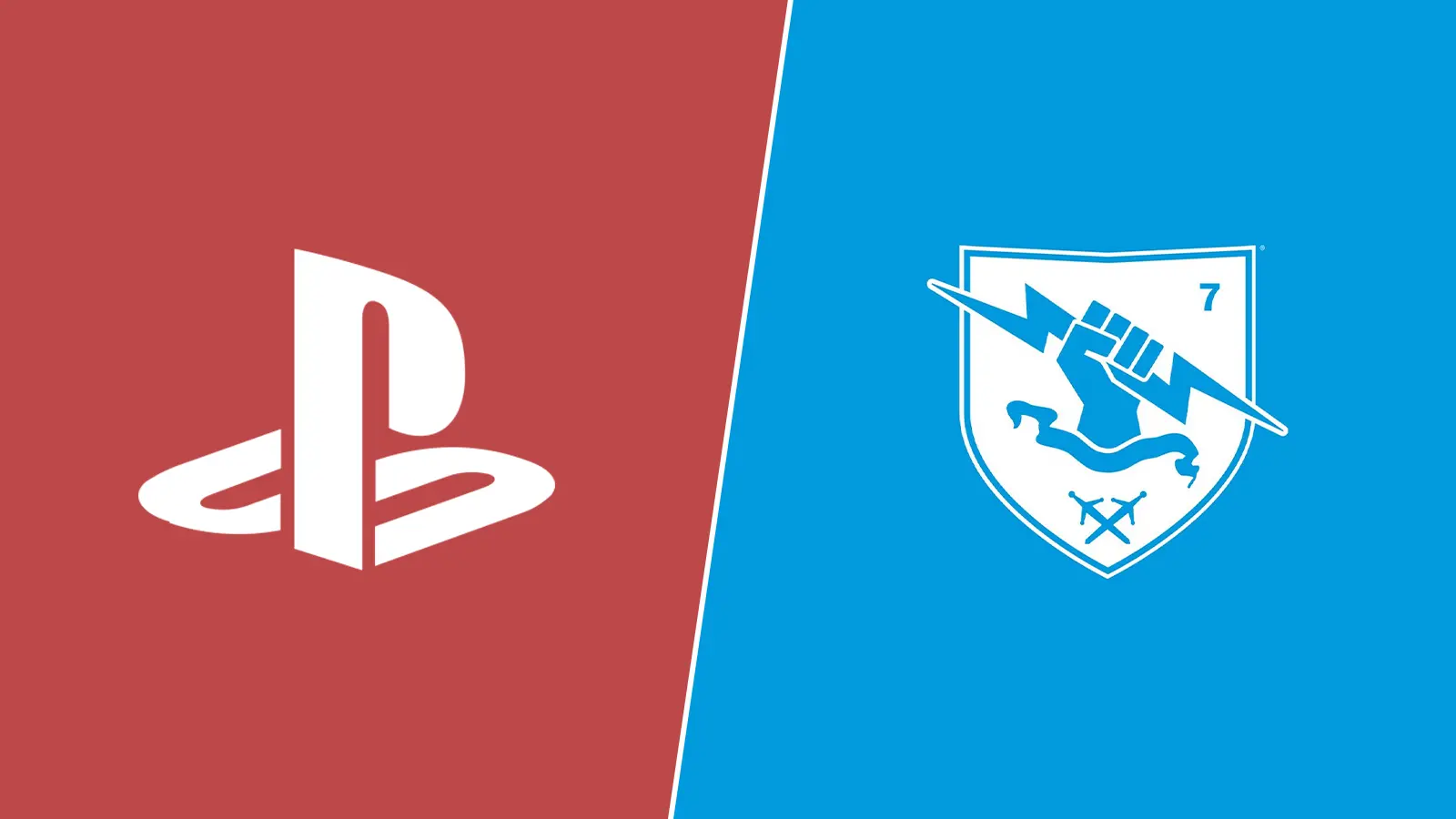In the rapidly evolving world of artificial intelligence, Meta AI and Bing AI are two major contenders vying for supremacy. Both have made significant strides, but how do they stack up against each other? Here’s a detailed comparison based on the latest information available.
Meta AI: LLaMA 3 and Its Capabilities
Meta AI has introduced its latest iteration, LLaMA 3, which includes models with 8 billion and 70 billion parameters. These models have been evaluated across a range of tasks such as question answering, summarization, and few-shot learning, showing impressive performance. Meta’s benchmarks indicate that LLaMA 3 models are on par with other leading language models like GPT-4, used by OpenAI and Bing AI.
One standout feature of Meta AI is its ability to integrate with social media platforms like Facebook, Instagram, Messenger, and WhatsApp. This integration allows users to interact with Meta AI within these apps, providing seamless access to AI-generated content and assistance. Meta AI also offers real-time internet browsing capabilities, enabling it to fetch up-to-date information from both Google and Bing, which is particularly useful for answering current events or detailed queries.
Bing AI: Integration and Accessibility
Bing AI, powered by OpenAI’s GPT-4, is deeply integrated into Microsoft’s ecosystem, especially within the Microsoft Edge browser and Bing search engine. This integration allows for more tailored outputs and source verification, which is highly beneficial for research and information retrieval tasks. Unlike Meta AI, which is available across various platforms, Bing AI is primarily accessible through Microsoft’s applications, which might limit its reach but enhances its contextual accuracy and usability within these environments.
Bing AI offers a robust set of features, including image generation via DALL-E, and provides different conversation styles—informative, creative, and balanced—tailored to user needs. Users can perform a wide range of tasks, from composing emails to generating detailed content outlines. However, it does have usage limits, allowing 30 chats per session and 300 total chats per day, which might be restrictive for heavy users.
Performance and Use Cases
Both Meta AI and Bing AI excel in different areas. Meta AI’s strength lies in its integration with social media and its real-time browsing capabilities, making it a versatile tool for both casual and professional users. Its LLaMA 3 models are designed to be resource-efficient and accessible, making them suitable for a variety of applications including chatbots, language translation, and content generation.
Bing AI, on the other hand, is a powerhouse for research and information retrieval due to its deep integration with Microsoft’s ecosystem and its ability to verify sources. This makes it particularly useful for academic and professional research. Additionally, its free access to GPT-4 via Microsoft Edge gives it an edge over ChatGPT, which requires a paid subscription for similar capabilities.
Choosing between Meta AI and Bing AI depends largely on your specific needs and how you plan to use the AI. If you need a versatile AI that integrates well with social media and can access real-time information from multiple search engines, Meta AI is a strong contender. However, if your focus is on research, information verification, and seamless integration with Microsoft’s suite of tools, Bing AI might be the better choice.
Both AIs continue to evolve, and their ongoing development promises even more advanced features and capabilities in the future. For now, users should consider their specific requirements and the unique strengths of each AI to make the best choice.



















Add Comment